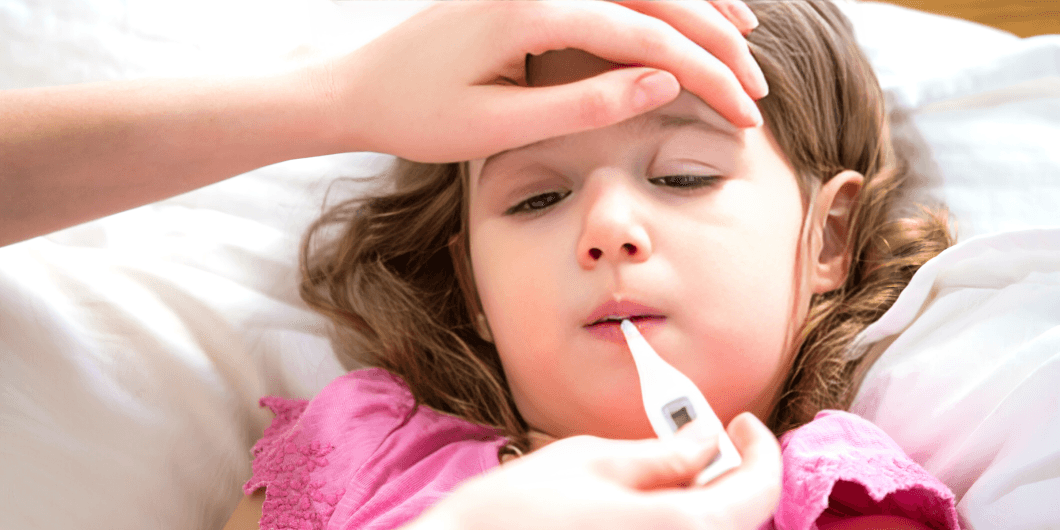
“
How to handle fever and viral infections in kids is a crucial concern for parents and caregivers. Viral infections are common among children, often accompanied by fever, which is the body’s natural defense. Proper hydration, rest, and monitoring are key steps to keep kids comfortable while their immune system fights the virus.1
1
1
1
”
Fever is a natural defense mechanism where the body raises its temperature to create an environment less hospitable to viruses, helping the immune system fight infections more effectively in children. 1
Dressing kids in lightweight, breathable clothing during a fever helps dissipate heat naturally, preventing overheating while ensuring the child stays comfortable and can rest more easily during illness. 2

Never give aspirin to children during viral infections because of its link to Reye’s syndrome, a rare but life-threatening condition that causes severe liver and brain damage in young patients.
Adequate rest is vital for children fighting viral infections, as sleep supports immune function and energy conservation, helping the body direct resources towards healing rather than daily activities. 3
Lukewarm sponge baths or cool compresses can safely reduce fever and soothe children, but avoid cold water or ice baths, as they may cause shivering and increase discomfort. 4
Using a reliable digital thermometer to regularly check a child's temperature helps parents monitor fever trends and decide when to seek professional medical care if a fever rises or persists. 5
Practicing good hygiene by washing hands often and disinfecting toys and surfaces reduces virus transmission in the home, protecting both sick children and healthy family members from infection. 6
Offering small, frequent nutritious meals can be easier for sick children to tolerate during viral infections, ensuring they get essential vitamins and minerals without overwhelming their reduced appetite. 7
To prevent spreading viral infections, keep sick children home from school or daycare until they have been fever-free for at least 24 hours without fever-reducing medications. 8

Watch closely for emergency symptoms such as rapid breathing, persistent high fever above 104°F, seizures, or lethargy, and seek immediate medical help if these signs appear.
Avoid using antibiotics unnecessarily for viral infections, as they target bacteria, not viruses, and misuse can contribute to antibiotic resistance, making future bacterial infections harder to treat. 9
Comforting and reassuring children during illness helps reduce anxiety and encourages cooperation with treatment and rest, improving their overall experience and recovery from viral infections. 10
Staying up to date with vaccinations helps protect children from many serious viral infections, such as influenza and chickenpox, reducing the frequency and severity of illness. 11
Probiotics may support digestive health during and after viral infections by replenishing beneficial gut bacteria, which can be disrupted by illness or medication, enhancing immune system balance. 12
Creating a calm and stress-free environment for sick children supports immune function because chronic stress can weaken the body’s ability to fight off infections effectively. 13

Using a humidifier in a child’s room can relieve coughing and congestion caused by viral infections, especially in dry environments, making breathing easier and promoting restful sleep.
If a child’s appetite is poor during illness, focus on hydration and nutrient-rich fluids rather than forcing solid foods, allowing their digestive system to recover while maintaining energy levels. 14
Children’s immune systems mature through repeated mild infections, which build natural immunity; while challenging, this process helps strengthen their ability to fight off future viral threats. 15
Educate caregivers on recognizing signs of worsening illness, such as increased lethargy, difficulty breathing, or dehydration, to ensure children receive prompt medical attention when necessary. 16
Both medical experts and philosophers agree that combining loving, attentive care with proper medical guidance forms the foundation for successfully handling fever and viral infections in children. 17


